
Rainforest facts
Brush up your knowledge on the Earth’s largest carbon sinks.
Rainforests are essential to life on Earth.
Not only do they provide air, water, medicine, food, and shelter for people and animals, they are also one of our best natural defences against the climate crisis due to their role in the carbon cycle.
We’ve put together some rainforest facts for you to share with friends, use in a quiz at your school, or simply brush up on your own knowledge.
Reasons to protect the rainforest

Livelihoods
1.6 billion people depend on the rainforest for their livelihood.
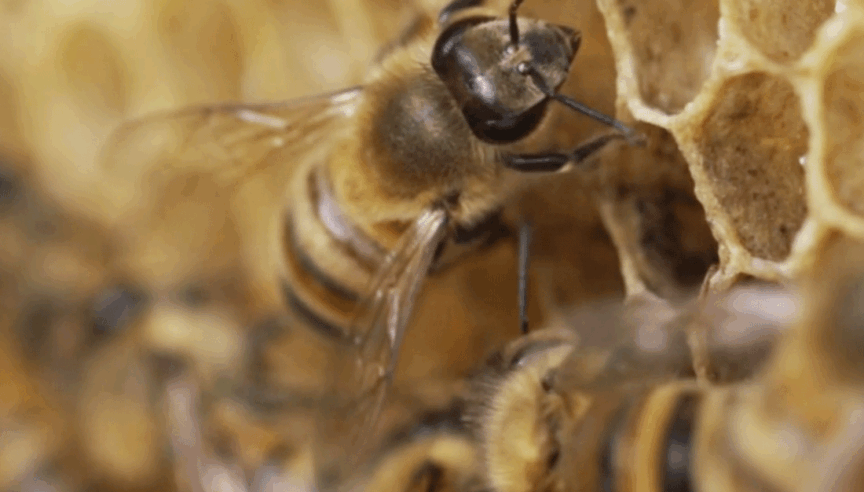
Biodiversity
Rainforests cover less than 2% of the Earth’s surface but contain over 50% of Earth’s biodiversity.
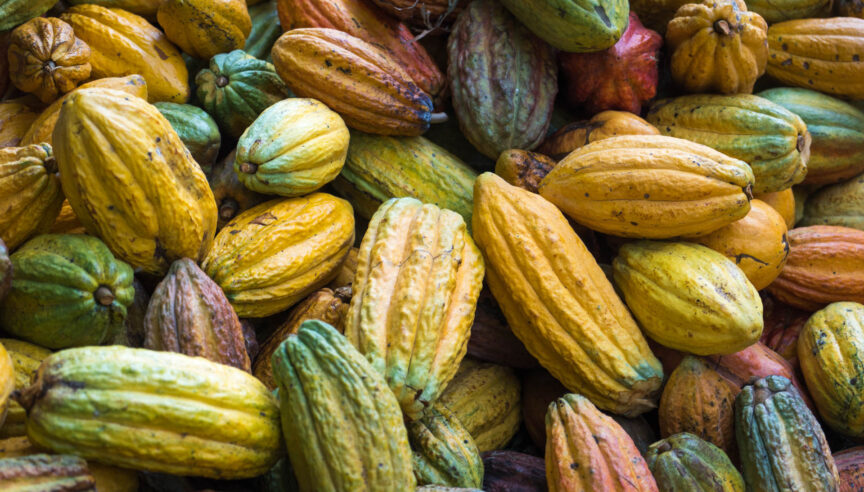
Food
Around 80% of the natural foods we eat originated in in the rainforest.

Medicine
About ¼ of Earth’s natural medicines have been found in the rainforest.
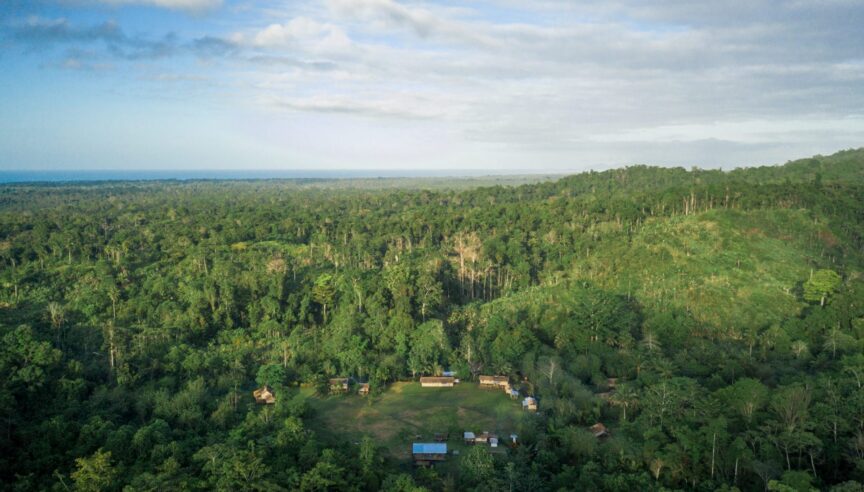
Fertilise
Sand is blown all the way from the Sahara desert to the Amazon rainforest. The sand recharges the rainforest’s minerals and nutrients.
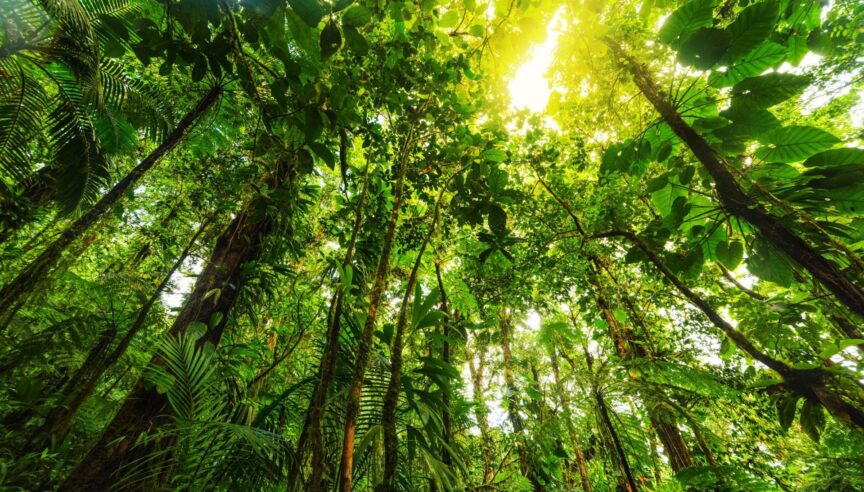
Sunlight
Only 1% of available sunlight is able to penetrate the dense canopy to reach the forest floor.
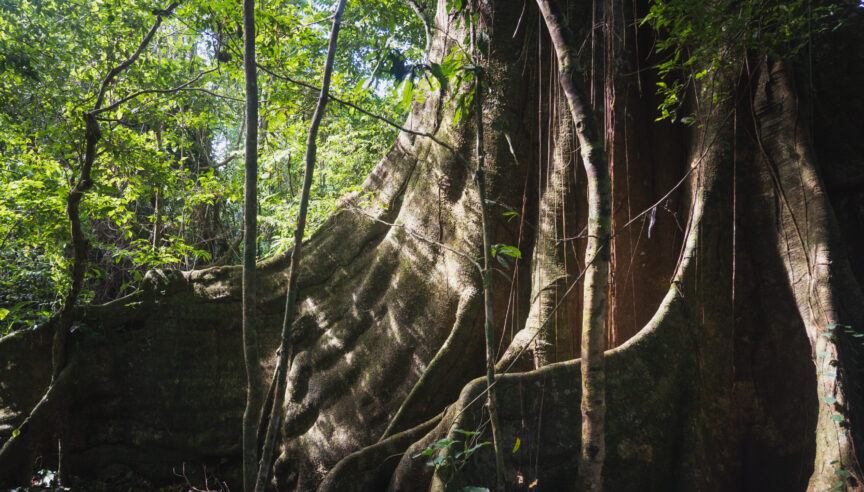
Ancient trees
Australia’s Daintree Rainforest is believed to be 180 million years old and dinosaurs and mega fauna have been discovered there.
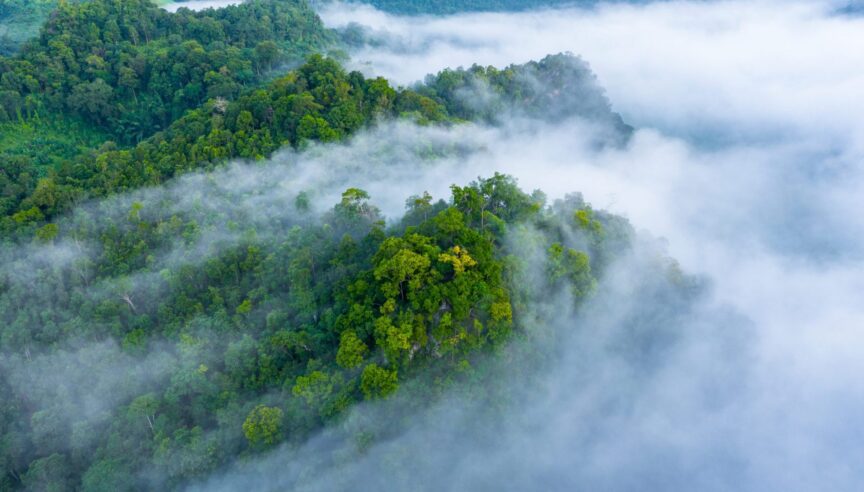
Carbon
Earth’s rainforest stores 638 gigatonnes of carbon.
People
Indigenous people are rainforest’s greatest custodians. Take a look below for some amazing stats about the power of local people.
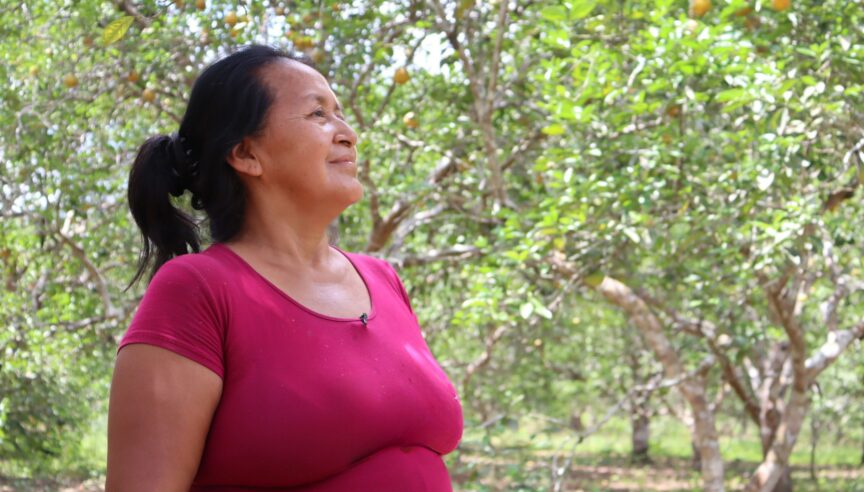
Deforestation rates
Deforestation rates in the Amazon on Indigenous lands is 50% less compared to deforestation rates on land without Indigenous peoples.

Education
Many children in remote communities learn about the forest from their elders, not in traditional schools.

Indigenous land
Indigenous peoples and local communities steward or have rights to 1/3 of the world’s remaining intact forests.
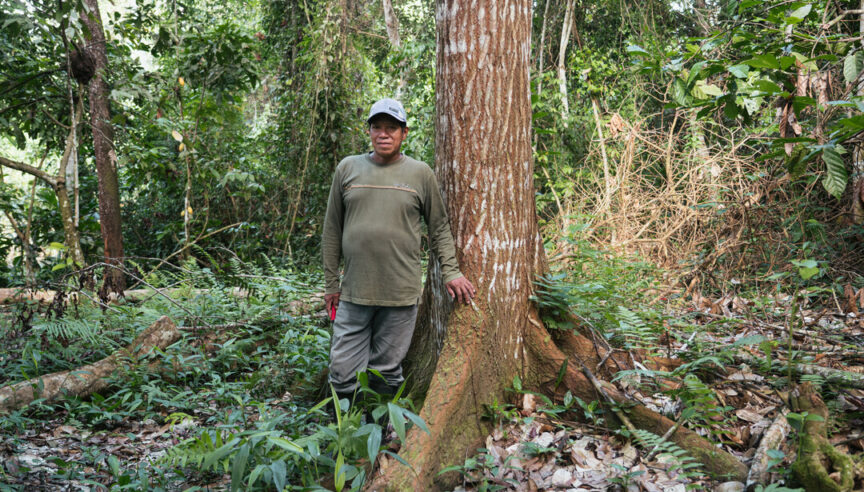
Natural remedies
20% of all plants consumed by the Tisame people of the Bolivian Amazon are for medicinal purposes. They use 47 different local species.
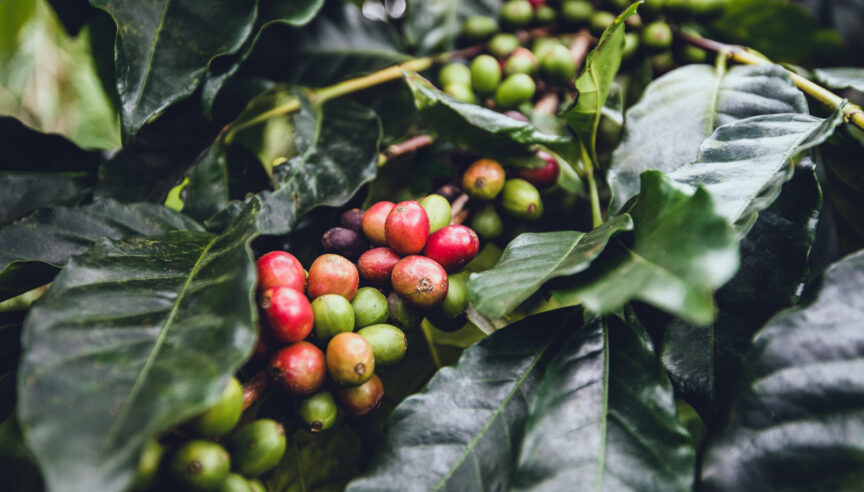
Diversity
Indigenous peoples’ forests often contain a greater diversity of plant and animal species.
Climate
Protecting rainforest is the most effective climate action we can take.
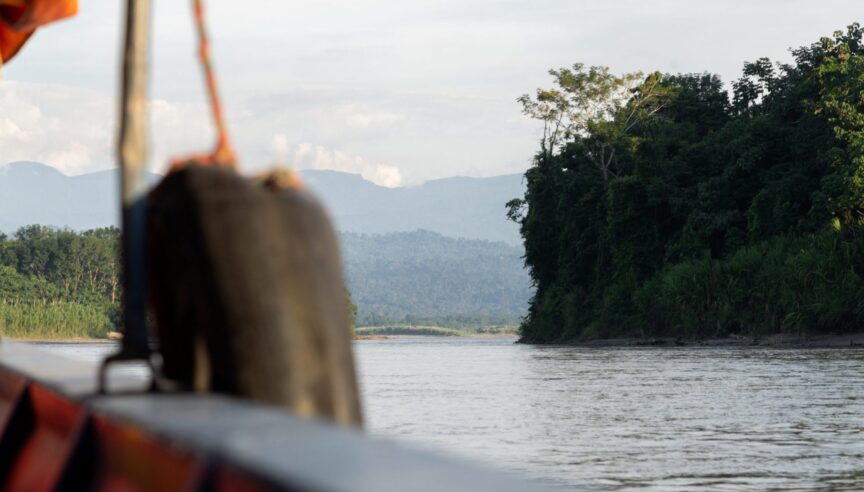
Transport
Deforestation of Earth’s tropical forests accounts for about the same amount of greenhouse gas emissions as every car, truck, bus, plane, ship and train on the planet combined.

Deforestation
The halting of tropical deforestation and allowing for regrowth could mitigate up to half of net global emissions through 2050.
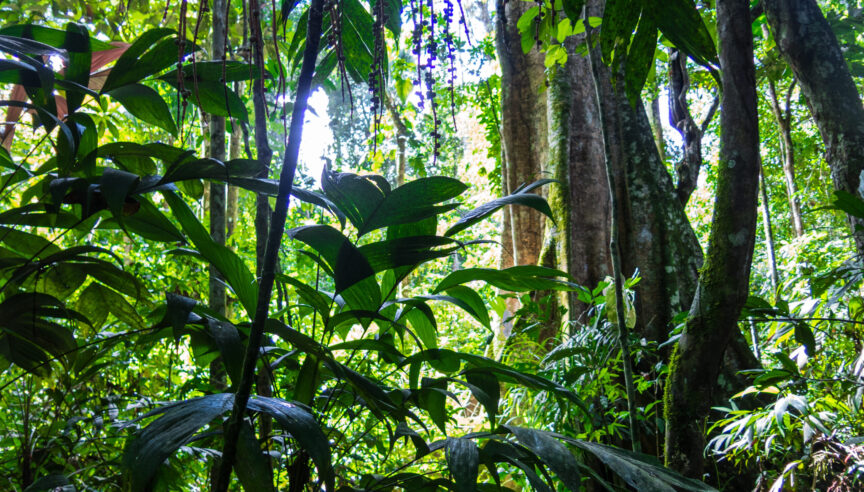
Carbon sequestration
Tropical forests have the highest carbon density of all forest types due to their ability for vast carbon sequestration.
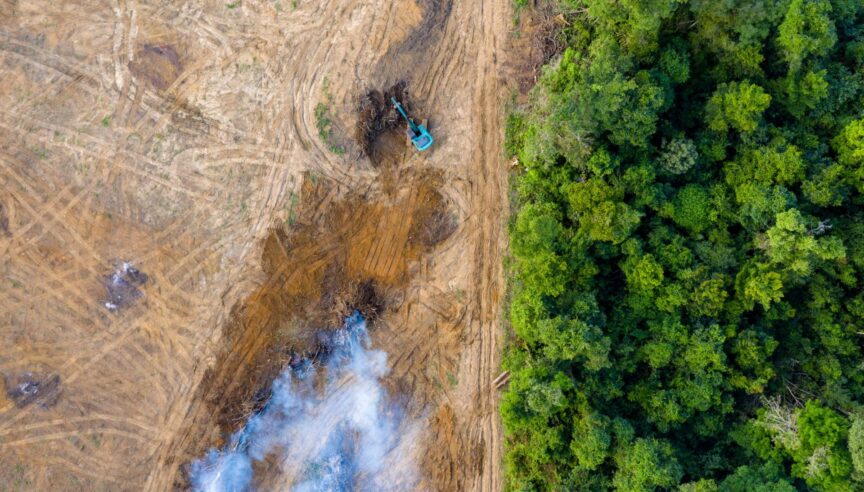
CO2 emissions
Forest loss plays a major part in climate change. It contributes to more than 12% of all CO2 emissions.
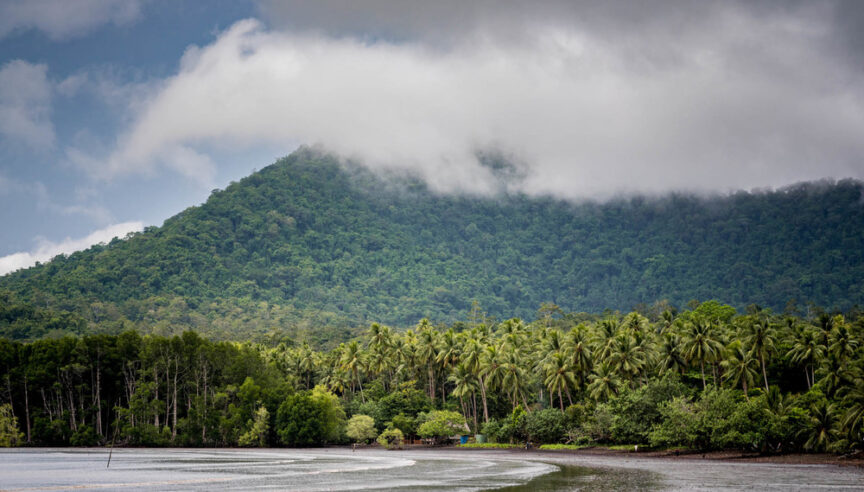
Cost effective
The planet’s rainforests are capable of providing 23% of the cost-effective climate mitigation needed before 2030.
Wildlife
Rainforest is home to millions of plants and animals. Protecting rainforest is essential for preserving Earth’s amazing biodiversity.
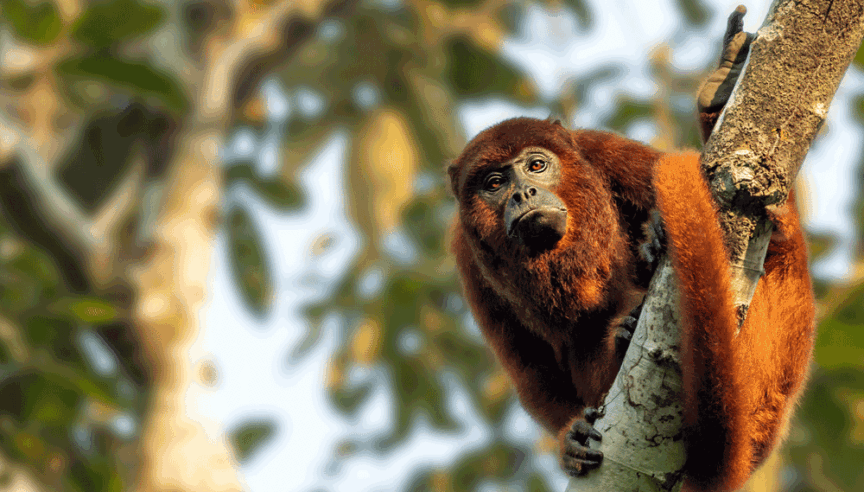
Alive with life
Over 40,000 plant species, 2,200 fishes, 1,200 birds, 420 mammals, 420 amphibians, and 370 reptiles have been scientifically classified in the Amazon region.

1 hectare
A single hectare of rainforest can contain 480 species of tree.

Carbon sequestration
It’s believed that 99% of rainforest species are still yet to be studied.
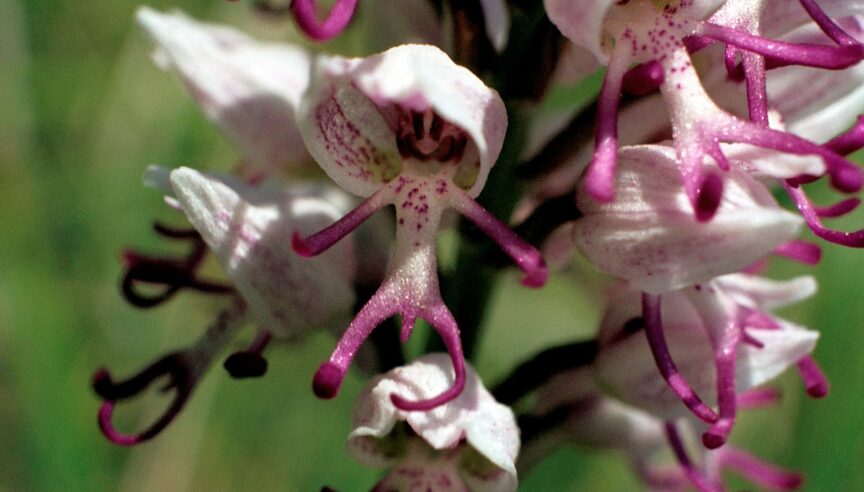
Flowers
About 80% of the flowers found in Australia’s rainforest are not found anywhere else in the world.
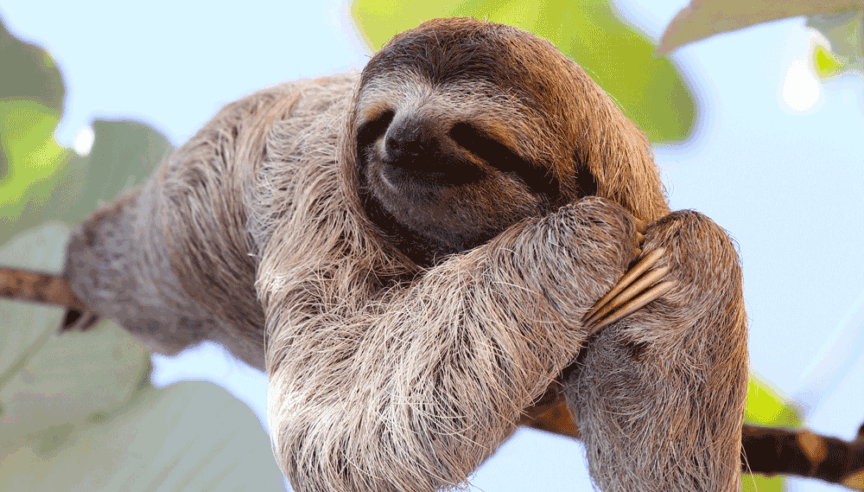
Sloths
Sloths spend 98% of their lives up on the rainforest canopy and only come down to the ground about once a week. [23]
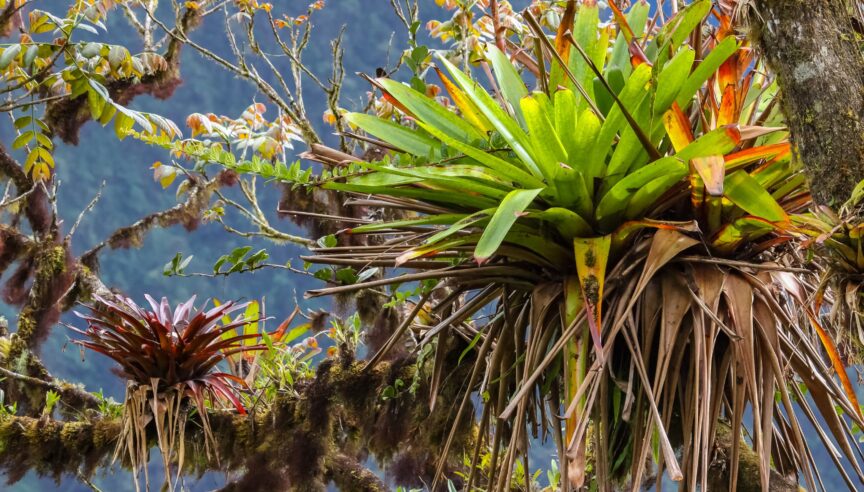
Epiphytes
Many plants in the rainforest are epiphytes that do not need soil to survive as they grow directly out of the trunks of other plants.

Coffee
The world’s most expensive coffee is made from coffee beans picked from elephant dung in the rainforest of Thailand. It costs $50 a cup.
Water
Rainforest is at the heart of Earth’s Water Cycle.
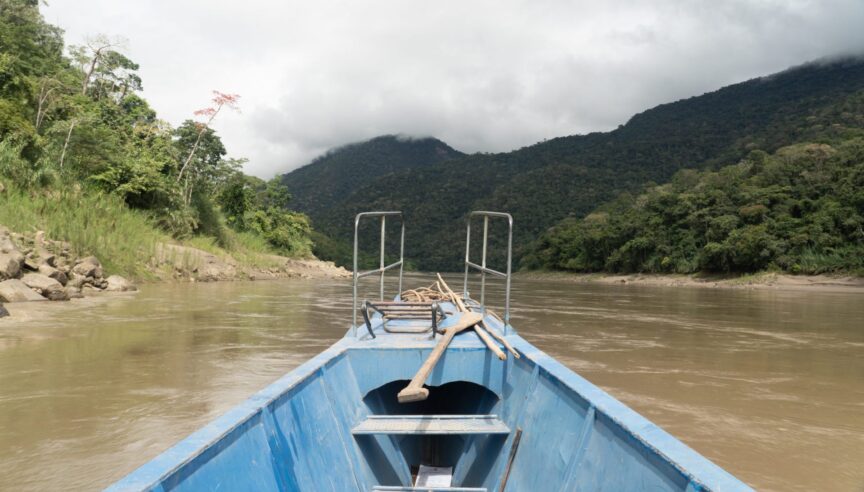
Fresh water
A fifth of Earth’s freshwater is found in the Amazon rainforest.
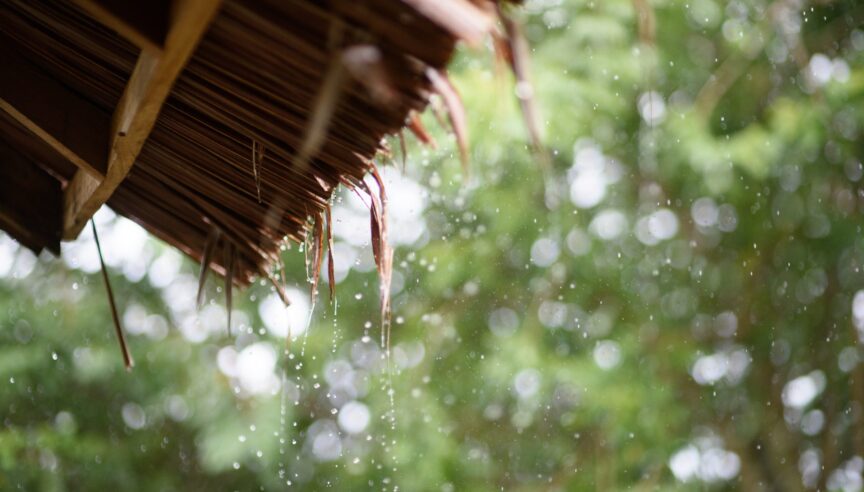
Rainfall
Tropical rainforests can have up to 400 inches of rain per year (the UK has less than 40!).

Water vapour
The Amazon rainforest releases 20 billion tonnes of moisture into the atmosphere every day.

10 minutes
It can take a raindrop 10 minutes to fall through the dense rainforest canopy.
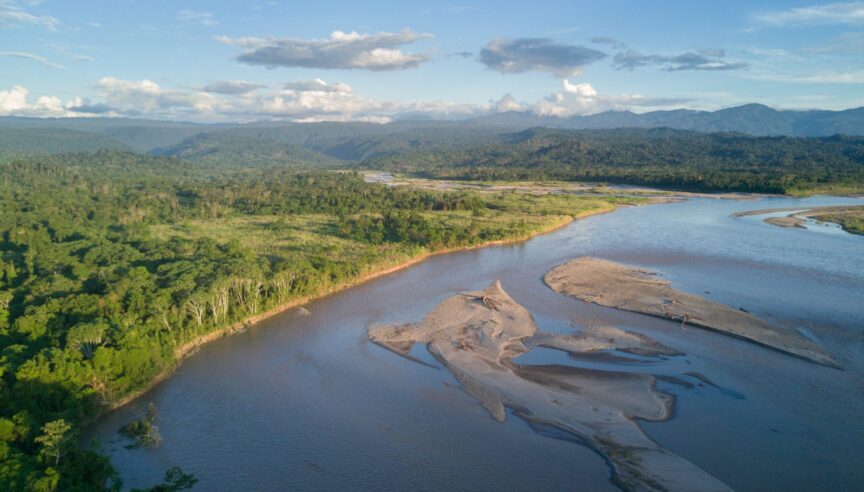
125 miles
Freshwater from the Amazon River flows a huge 125 miles out to sea before mixing with the salt water of the Atlantic. In the past, sailors could drink the freshwater out of the ocean before even catching sight of the South American continent.
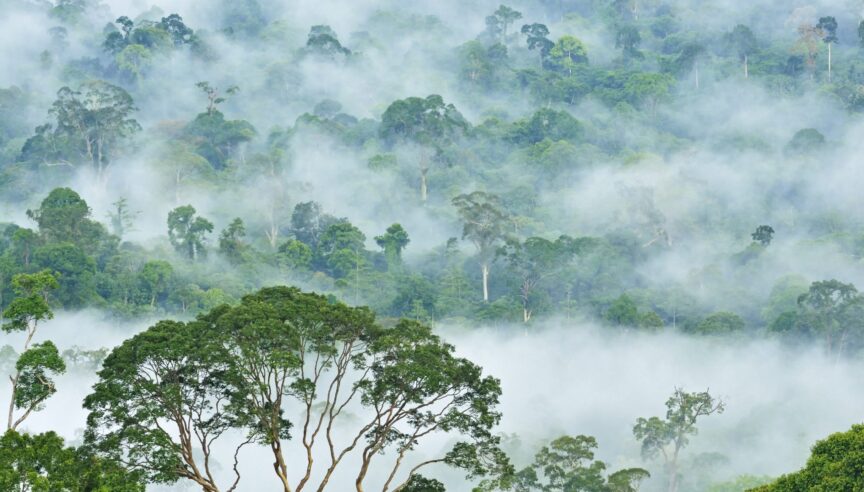
Evaporation and transpiration
Tropical rainforests are so warm and moist that they create as much as 75% of their own rainfall through evaporation and transpiration.
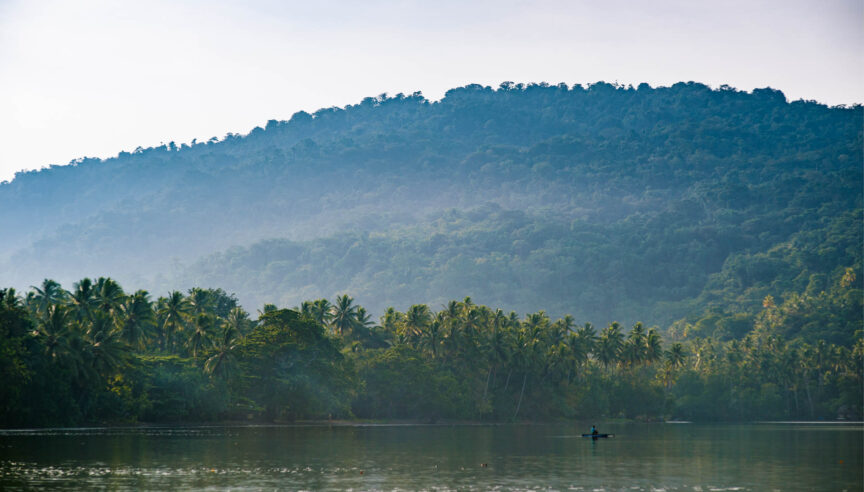
Healthy Rainfall
More than 50% of precipitation that falls on rainforest is returned to the atmosphere through evapotranspiration – this regulates healthy rainfall around the planet.

A single tree
The water that a single tree transpires daily has the cooling effect equivalent to two domestic air conditioners. [33]
Your climate action journey starts here.